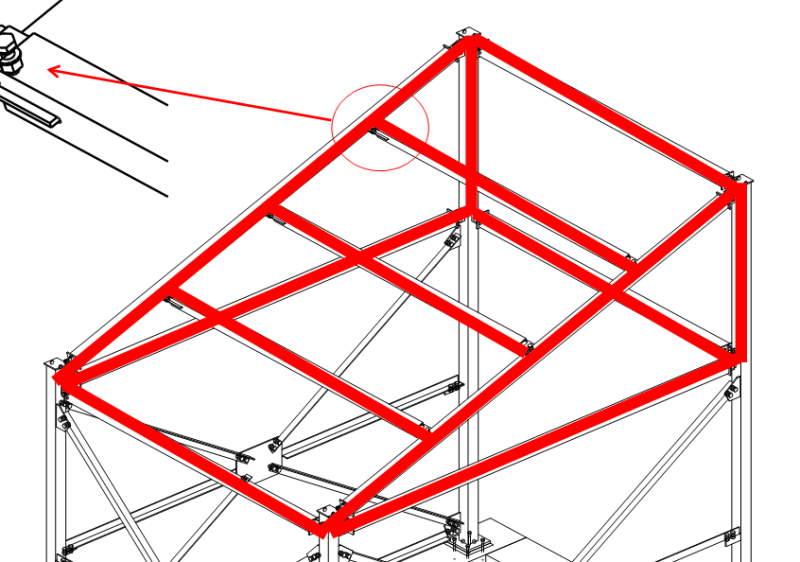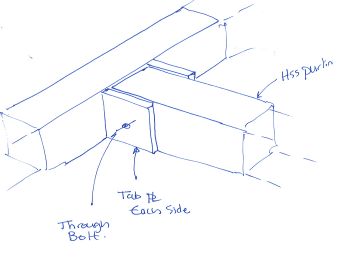Hi, I have this small canopy steel frame (please see attached pdf) showing roof purlins connected with shear tabs w/ (2) 5/8 bolts each end.
I have seen these type of connections before but I don`t think it is a good practice to have the bolts in this configuration.
My main concern is that bolts would experience considerable tension due to prying action. Please let me know what do you think about this.
I have seen these type of connections before but I don`t think it is a good practice to have the bolts in this configuration.
My main concern is that bolts would experience considerable tension due to prying action. Please let me know what do you think about this.


